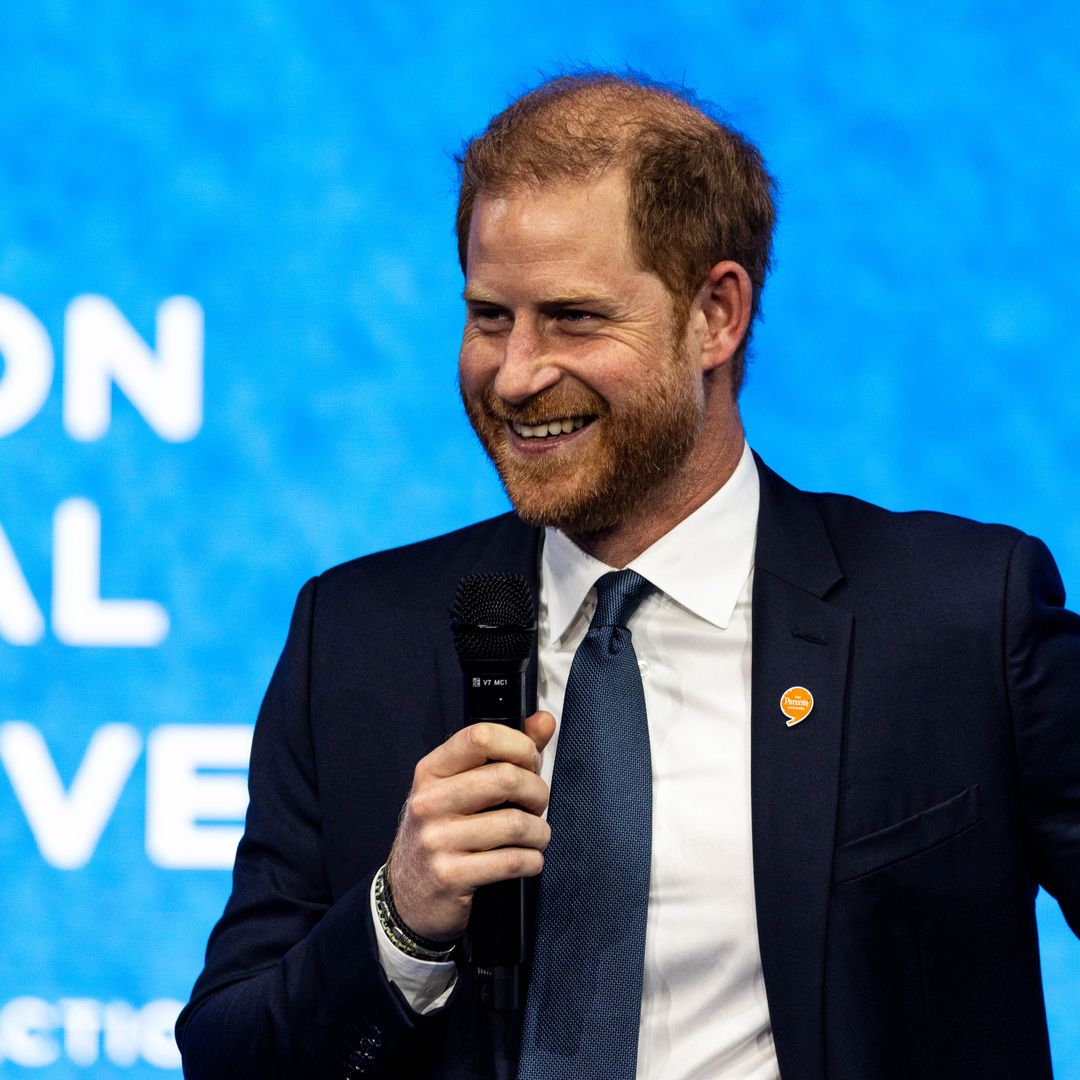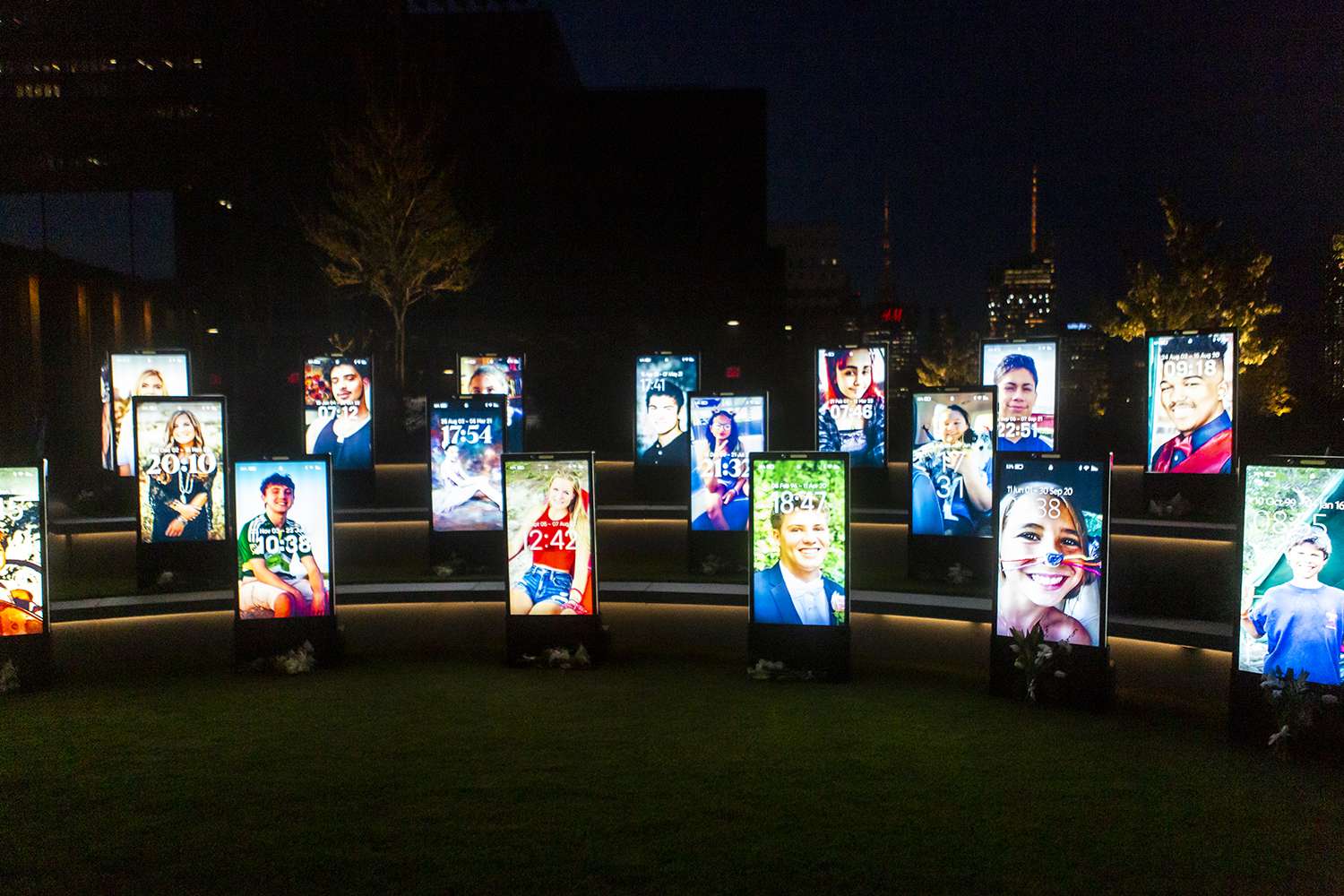Prince Harry's Phone Lock Screen: Kids' Photos
In a world increasingly dominated by digital landscapes, what truly holds our attention? For Prince Harry, the Duke of Sussex, it's the faces of his children, Archie and Lilibet, a poignant reminder of the preciousness of family in a hyper-connected age. This simple yet profound revelation, shared during a powerful address at the Clinton Global Initiative in New York City in September 2024, sparked a conversation far beyond the walls of the conference hall, touching upon the delicate balance between technology's promise and its potential perils, particularly for the youngest among us.
Harry's address, delivered with a palpable sense of urgency, wasn't merely a personal anecdote. It was a call to action, a plea for a more conscious approach to the digital world, particularly regarding the content consumed by children. Standing before a large screen displaying a montage of phone lock screenseach a window into the personal world of its ownerhe posed a simple question to the audience, which included an InStyle reporter: "How many of you have a picture of your children on your phone lock screen?" The unspoken answer resonated throughout the room, a silent acknowledgment of the deep-seated human need for connection and the enduring power of family bonds. This seemingly mundane detailthe choice of lock screen imagetransformed into a powerful symbol, representing the values we hold dear and the world we strive to protect.
| Full Name | Prince Henry Charles Albert David, Duke of Sussex |
| Born | 15 September 1984, St Mary's Hospital, London, United Kingdom |
| Spouse | Meghan, Duchess of Sussex |
| Children | Archie Harrison Mountbatten-Windsor, Lilibet Diana Mountbatten-Windsor |
| Parents | King Charles III, Diana, Princess of Wales |
| Military Service | British Army (20052015), Served in Afghanistan |
| Patronages and Philanthropy | Invictus Games Foundation, Sentebale, WellChild (among others) |
| Website | www.royal.uk/the-duke-of-sussex |
His words resonated with parents and professionals alike, sparking a renewed debate about the influence of social media and online content on young minds. Harry accused social media giants of force-feeding mindless content to children, contributing to a culture of distraction and potentially harmful online behaviors. He emphasized the importance of safeguarding children's digital experiences, advocating for more robust protections and a greater awareness of the potential pitfalls of unchecked online consumption. His message transcended the technicalities of algorithms and data privacy, speaking to a fundamental concern shared by many: how to navigate the digital age while preserving the innocence and well-being of the next generation.
The Duke's personal reflection served as a poignant entry point into a broader discussion. He wasn't just a prince delivering a speech; he was a father expressing a deeply felt concern. This vulnerability resonated with the audience, humanizing the issue and underscoring the universality of the challenges faced by parents in the digital age. His own lock screen, he shared, was a constant reminder of his children, Archie and Lilibet, anchoring him to his priorities and fueling his commitment to protecting children from the online world's darker corners.
The images projected behind him, a collection of diverse lock screens, underscored the pervasiveness of personal technology in our lives. Each image represented a story, a connection, a reminder of what matters most. This visual tapestry served as a powerful backdrop to Harry's words, reinforcing the idea that technology, while a powerful tool, should ultimately serve human connection, not supplant it.
The event in New York was not an isolated incident. It was part of Prince Harry's ongoing advocacy work, highlighting his commitment to using his platform to address critical social issues. His passionate plea for a more mindful approach to technology, particularly for children, resonated deeply with the audience and beyond, sparking a much-needed conversation about the future of our digital lives.
The Duke of Sussexs words, coupled with the powerful imagery of the lock screens, transcended the typical conference setting. They tapped into a shared anxiety about the digital world and its impact on our children, prompting a reflection on our own digital habits and the choices we make as parents, educators, and citizens. In a world increasingly defined by its online presence, Prince Harrys message served as a timely reminder: the most important connections are often the ones closest to us, the faces we carry not just on our screens, but in our hearts.
The conversation initiated by Prince Harry in New York continues to unfold, prompting individuals and organizations to grapple with the complex questions surrounding technology and its influence on children. His personal reflection, shared with candor and conviction, has ignited a dialogue crucial to navigating the digital landscape responsibly and safeguarding the well-being of future generations.
The Dukes address, more than just a speech, was a testament to the enduring power of human connection in a digital age. It was a call to action, a plea to prioritize what truly matters, and a reminder that even in a hyper-connected world, the most precious images are often the ones closest to our hearts, the faces that greet us each time we unlock our phones.


